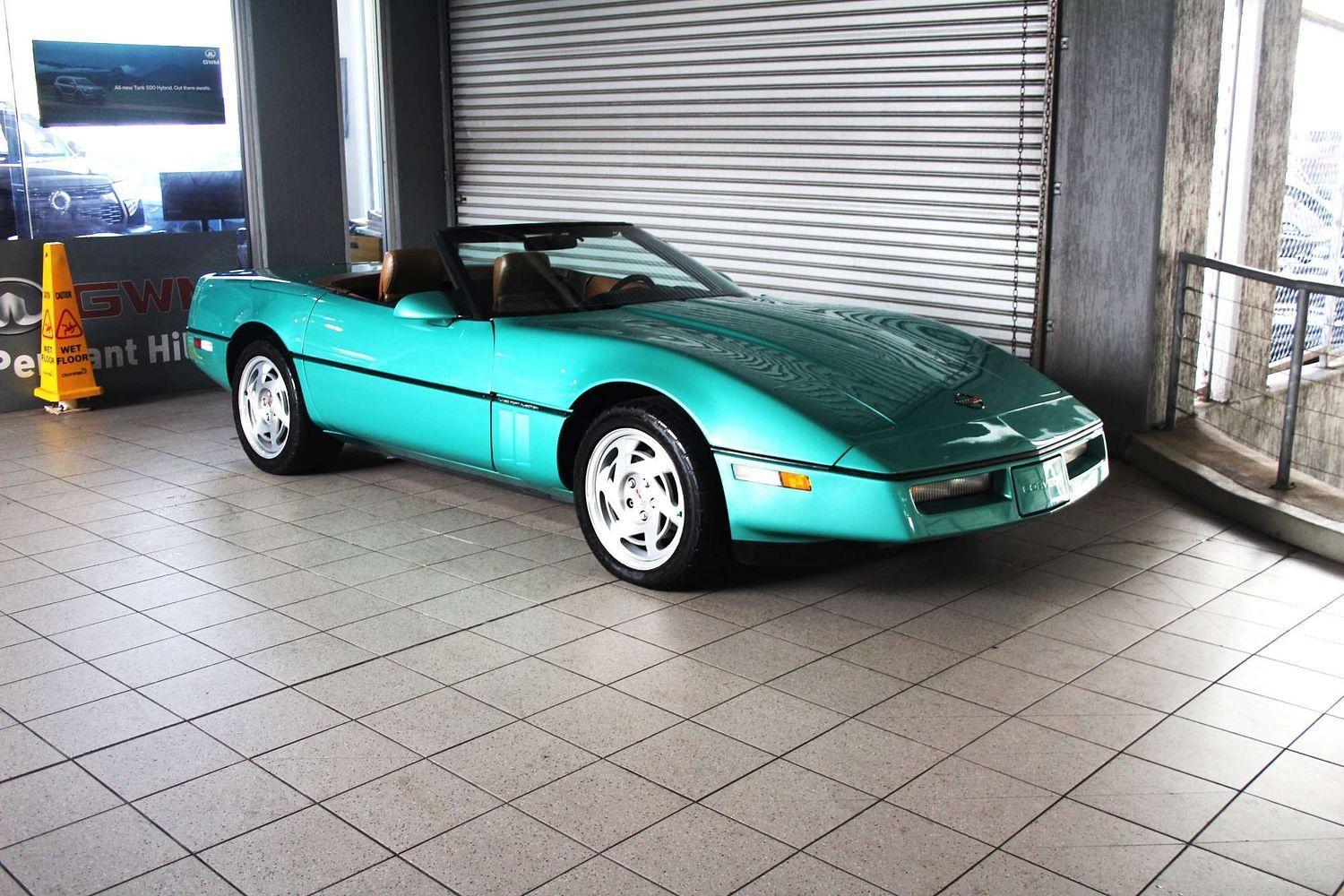McLaren reveals ‘Senna’
Breaking cover in December, the second model from McLaren’s ‘Ultimate Series’ rejects the usual alphanumeric designation, instead honouring the McLaren F1 team’s most famous driver – Ayrton Senna.
McLaren says the Senna is their ultimate road-legal track car - legalised for road use, but not sanitised to suit it. Design, development and engineering were aimed at providing “the purest connection between driver and car”.
Lighter, Harder
Based on the 720S, the Senna starts by shaving a significant amount of weight from that model. For example, the carbon fibre front wings are only 600gm, compared to the same units on the 720S weighing 2.19kg. The ‘Monocage III’ carbon fibre body tub is 18kg lighter, with new or modified materials for things like the brakes and centrelock alloy wheels (a McLaren road car first), resulting in a total weight of 1,198kg; 85kg less than the 720S and the lightest McLaren road car since the F1 from 1992.
Power comes from a modified version of the 720S’s 4.0-litre twin-turbo V8. In this application, power is up 58kW to 588kW, with torque increased 30Nm to 800Nm – the most powerful McLaren road car engine ever.
Engine performance is three-mode adjustable – ‘Comfort’, ‘Sport’ or ‘Track’ – via the Active Dynamics Panel on the centre console, with a fourth ‘Race’ mode selectable via a roof-mounted pod.
Drive is still to the rear wheels, through a dual-clutch 7-speed gearbox. Automatic operation of this transmission is standard, but paddle-shift manual control can be selected.
Performance figures haven’t been released, but the Senna’s power-to-weight ratio of 491kW-per-tonne is expected to translate to a 0-100km/h time under 3 seconds and lap times in excess of the track-only McLaren P1 GTR.
Designed with Purpose
While some of the Senna’s exterior is reminiscent of the 720S, there’s a lot that isn’t. In harmony with the Active Chassis Control, active aerodynamics abound, which break up the familiar lines of the 720S. There’s still space for some cosmetic additions, though: McLaren says the front aero blades can be specified in a choice of five colours, which can also be applied to the brake calipers, door struts and seats.
Bodyside louvres draw air away from the engine bay and rear deck, so the massive rear wing can perform to its best, with the configuration of the exhaust tips aimed at the same goal.
That wing has a 6500 cubic centimetre surface area and is hydraulically adjustable, constantly altering its angle to optimise downforce. It can also serve as an air brake under extreme braking.
Working Interior
The stylish, but spartan interior features carbon fibre everywhere, including the seats, which are merely thin pads on a carbon fibre shell.
The doors feature two-piece glass, of which only the lower section of which can be opened (think Lambo Countach or DeLorean), but the carbon fibre upper and lower sections in the doors can be optioned with glass panels for (slightly) improved vision. To accommodate this, the door handles and window switches have been relocated to the roof-mounted pod that holds the Race Mode selector, as well as the engine start button.
The steering wheel is free of buttons and switches, with information ahead of the driver limited to speedo, tacho and gear position. All other functions are viewable and accessible on the centre infotainment screen.
Sell Out
Limited to 500 units worldwide, every single Senna had been sold before the car was even announced. UK pricing of £750,000 translates to around AU$1.3 million and while a handful of Sennas are believed to be coming to Australia, exactly how many and when has yet to be revealed.



















